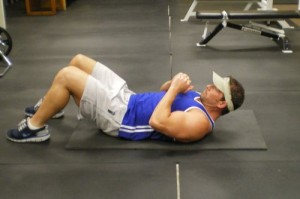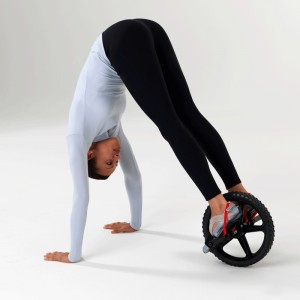Brian Schiff’s Blog
Injury Prevention, Sports Rehab & Performance Training Expert
With the new year, millions of people have made a resolution to lose weight. Along with that, comes the idea they will flatten their midsection. If you are like me, you share a certain disgust for the infomercials marketing the “next” latest and greatest abdominal machine.
For years, people have sought out how to build the perfect six pack. Obviously, nutrition is probably the single biggest factor in achieving a sculpted midsection. But, beyond that people often wonder what exercises to do to target the upper and lower abs as well as the obliques. Is this really possible?
Well, I thought I would share the results of a recent study in the Journal of Strength & Conditioning Research. The authors wanted to look at the use of other training tools versus just a body weight only exercise. In the study, they looked at surface EMG activity for the upper rectus abdominus (URA), lower rectus abdominus (LRA), external obliques (EO), internal obliques (IO), transverse abdominus (TA) and rectus femoris (RF) with the following exercises:
- Abdominal floor crunch
- Supine V-up
- Prone V-up on slide board
- Probe V-up on stability ball
- Probe V-up on TRX
- Prone V-up on power wheel

Crunch

Prone V-up with power wheel
In short the major results are as follows:
- The most muscle activity overall occurred with the power wheel
- There was no significant difference for activation of the EO, URA and LRA
- RF was much less active only during the abdominal crunch
Practical applications include:
- There is no realistic way to isolate portions of the abdominal muscles, but keep in mind one limitation may be that the study looked at MVC (contraction at only one point in the motion)
- The RF is NOT a spinal stabilizer but rather a hip flexor and therefore it can cause an anterior pelvic tilt if overly active which can be viewed as potentially harmful
- Focus on training the core globally as an integrated segment of the kinetic chain to maximize activation and understand how the hips affect completion of the movements
I hope this post stimulates your thinking with respect to abdominal training. If you do use training tools, simply stop for a moment to consider the desired training outcome, as well as the impact the body position and muscle firing patterns have on the exercise itself.

